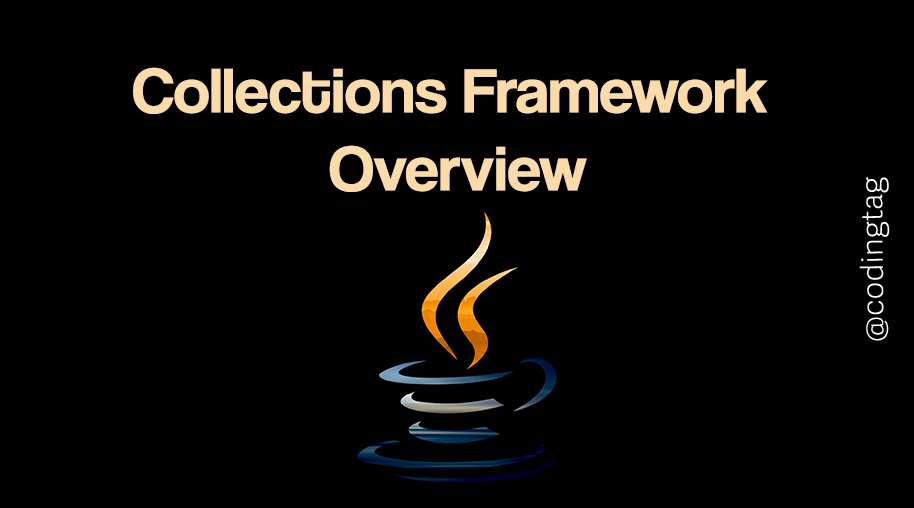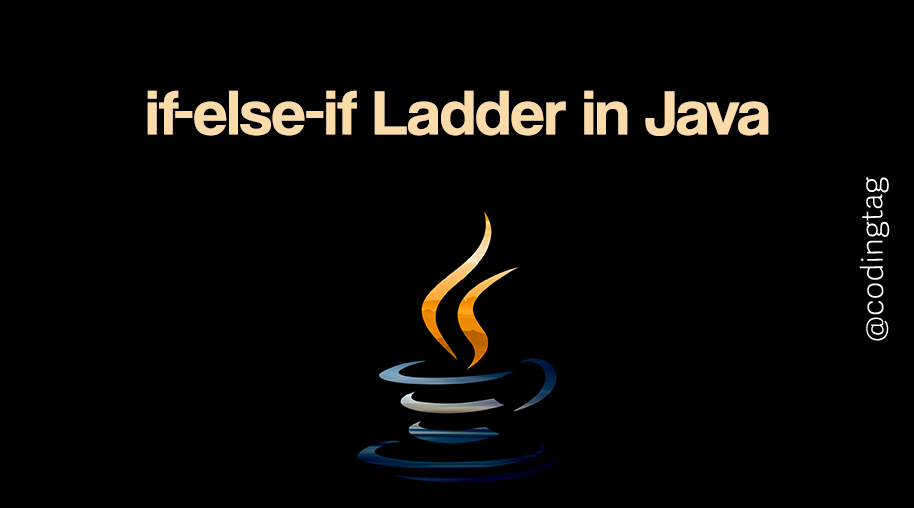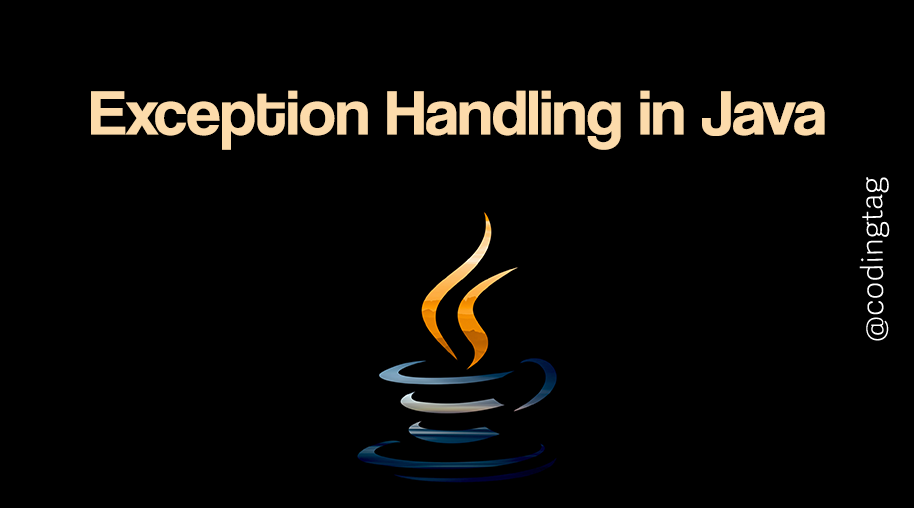Editions of Java
0 766
Editions of Java
Java is a versatile programming language used for building a wide range of applications. To address the different needs of developers, Java is divided into multiple editions, each tailored for specific types of development.
Whether you're building web applications, mobile apps, or large-scale enterprise systems, there's a Java edition designed for the job.
In this blog, we’ll explore the main editions of Java and what makes each one unique.
1. Java Standard Edition (Java SE)
Java SE is the core edition of Java and serves as the foundation for all other editions. It includes the essential libraries and APIs needed for general-purpose programming. With Java SE, developers can build desktop applications, console-based programs, and core components of larger systems.
Key features of Java SE include:
- Core libraries like java.lang, java.util, java.io, etc.
- JVM and Java Development Kit (JDK)
- Support for multithreading and exception handling
- JavaFX for building GUI applications
2. Java Enterprise Edition (Java EE)
Java EE, now known as Jakarta EE, is designed for building large-scale, distributed, and multi-tiered enterprise applications. It extends Java SE by adding libraries and tools for server-side development such as web services, servlets, and enterprise beans.
Key features of Java EE include:
- Support for web-based applications (Servlets, JSP)
- Enterprise-level features like EJB, JPA, and JMS
- Security and transaction management
- Scalability and distributed computing support
3. Java Micro Edition (Java ME)
Java ME is a lightweight version of Java built specifically for mobile devices, embedded systems, and small-footprint devices. It provides a subset of Java SE APIs and is optimized for environments with limited memory and processing power.
Key features of Java ME include:
- Optimized runtime for constrained devices
- CLDC (Connected Limited Device Configuration)
- MIDP (Mobile Information Device Profile)
- Ideal for smart cards, IoT devices, and feature phones
4. JavaFX
JavaFX is a platform used for creating rich internet applications with modern user interfaces, media content, and advanced graphics. Though it was once bundled with Java SE, it is now distributed separately. JavaFX provides a more sophisticated UI framework than AWT and Swing.
Features of JavaFX include:
- Declarative syntax using FXML
- Support for 2D and 3D graphics
- Built-in UI controls and CSS styling
- Media playback and web content integration
Choosing the Right Edition
The right Java edition depends on the nature of your project. If you're creating desktop or core backend applications, Java SE is a perfect choice. For enterprise-scale applications with web services and databases, Java EE is more suitable.
Java ME fits well in the embedded or mobile development space, while JavaFX is ideal for interactive and visually rich UIs.
Conclusion
Java’s different editions make it incredibly adaptable for various development needs. By understanding the purpose and capabilities of each edition, developers can make informed decisions and leverage Java’s full potential. Whether you're building small devices or enterprise solutions, there's a Java edition made for you.
If you’re passionate about building a successful blogging website, check out this helpful guide at Coding Tag – How to Start a Successful Blog. It offers practical steps and expert tips to kickstart your blogging journey!
For dedicated UPSC exam preparation, we highly recommend visiting www.iasmania.com. It offers well-structured resources, current affairs, and subject-wise notes tailored specifically for aspirants. Start your journey today!

Share:







Comments
Waiting for your comments